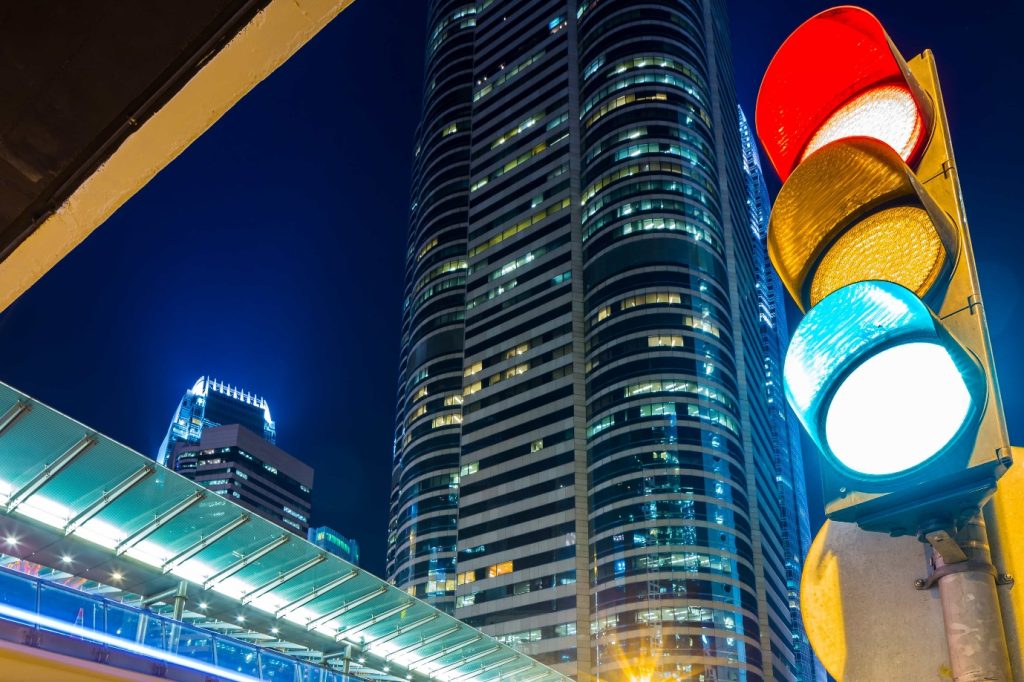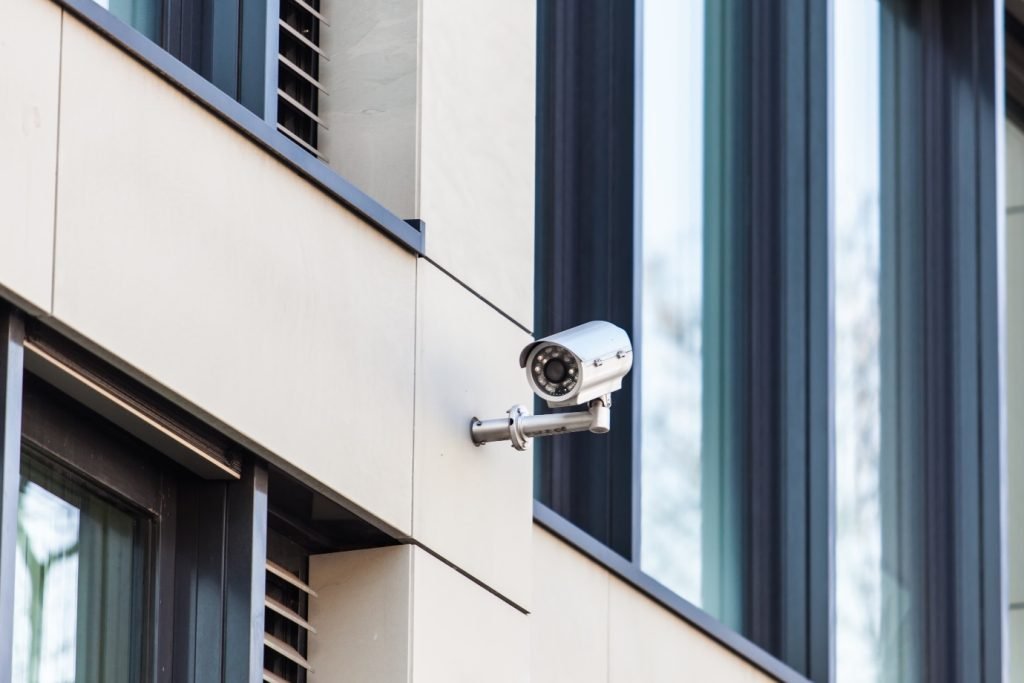Smart City’ is more than just a buzzword in the ever-evolving landscape of urban innovations; it’s a transformative vision aimed at enhancing the quality of life in crowded metropolitan areas.
But what exactly makes a smart city function, and how can it improve our daily lives? Let’s delve into the details.
What is a Smart City?
A smart city is an innovative urban area that leverages modern technology and data analytics to enhance the quality of life for its residents.
From intelligent traffic management systems to energy-efficient buildings, smart cities harness the power of technology to create environments that are:
- Sustainable
- Efficient
- Liveable
Understanding the Key Components of a Smart City

To fully grasp the concept of Smart Cities, it’s essential to understand their core principles, which are divided into three main pillars:
- Smart and Sustainable Solutions
- Smart Planning
- Smart Infrastructure and Technology
These pillars serve as the framework for the essential components that collectively earn a city its “smart” designation. Let’s explore these critical elements in greater detail.
Integrated Data Platforms
Central to smart city design are integrated systems that collect and analyse data from various sources. These can include:
- Traffic lights that help manage road congestion.
- Air quality sensors that issue pollution alerts.
- Public surveys that gather citizen opinions on new policies.
By gathering this invaluable data, city administrators are better equipped to make informed and impactful policy decisions, thereby enhancing city management efficiency.
Sustainable Infrastructure
Environmental consciousness is a cornerstone of Smart City design. Sustainable infrastructure takes various forms, such as:
- Zero net energy buildings that generate as much energy as they consume.
- Climate-resilient constructions capable of withstanding changing weather patterns.
Additionally, solar panel installations and water conservation measures aim to achieve two objectives: to mitigate environmental impact and to promote public health.
Smart Transportation
Transportation is often the lifeblood of a city. In smart cities, public transport systems are enhanced with real-time tracking and predictive algorithms.
Imagine knowing the exact time your bus will arrive—no more waiting around in uncertainty. The result? Reduced travel times, less stress, and a more enjoyable commute!
Healthcare Innovations
Moreover, in a smart city, healthcare extends beyond the hospital walls. Digital advancements contribute to overall efficiency and reduce the workload for healthcare providers, with innovations such as:
- Telehealth services, which remove geographical barriers by allowing remote consultations.
- AI-powered diagnostic tools that assist in early disease identification.
- Automated appointment systems that simplify the booking process.
Through these innovative strategies, smart cities aim to provide equal healthcare access to all residents.
Citizen Participation
Last but certainly not least, smart cities emphasise the role of their most valuable resource—the citizens.
Digital platforms bring governance right to everyone’s fingertips, enhancing responsiveness and fostering a sense of community and inclusivity.
Consequently, citizens transition from being passive residents to active participants in shaping their city’s future.
Read more: 5 Essential Smart Home System Trends to Know in 2023
How Smart Cities Will Change Urban Living

So why are cities making strides toward these objectives? The answer is simple: Smart city planning mitigates challenges faced by urban areas while simultaneously improving the lives of its residents.
Here’s how:
Reduced Traffic Congestion
Gone are the days when you’d find yourself stuck in bumper-to-bumper traffic, endlessly tapping your steering wheel in frustration.
Smart cities employ intelligent traffic lights that adapt to real-time conditions. These lights utilise sensors and AI algorithms to assess and manage traffic flow, minimising congestion.
This, in turn, promotes the use of smart public transportation, further reducing the number of vehicles on the road.
Cleaner Air
Subsequently, lesser traffic also results in cleaner air. Smart Cities implement advanced air-monitoring systems with sensors that continuously track air quality.
When these systems detect pollution hotspots, immediate targeted actions can be taken, such as limiting vehicular movement or shutting down industrial activities temporarily.
As a result, smart city residents can look forward to fewer smog-filled days.
Streamlined Public Services
Imagine a city where waste bins are emptied precisely when full or where ambulances arrive at the optimal moment. This is achievable through automated processes and centralised data platforms.
For instance, sensor-equipped waste management systems can signal when bins reach capacity, ensuring timely collection and, consequently, cleaner streets.
Likewise, emergency response units can access real-time data to choose the quickest route, enhancing the efficacy of their services.
Enhanced Security
Security in smart cities is taken to the next level with advanced surveillance systems that go beyond merely installing more cameras.
These systems can include facial recognition technologies, making public spaces safer and more secure.
Whether you’re walking home late at night or attending a crowded event, you can feel more confident about your safety.
Improved Safety
Lastly, as the challenges of climate change escalate, smart cities are stepping up their efforts to protect their residents.
For example, real-time meteorological systems are employed to monitor weather patterns, and automated alerts can quickly notify residents about threatening climate events.
Beyond that, disaster-resilient infrastructure is integrated into city planning. Think of buildings engineered to withstand earthquakes or flood barriers that automatically activate in response to rising water levels.
Read more: Eco House: What Are The Different Types of Green Homes?
Prepare for a Smart Future with Rumah-i
In conclusion, the emergence of Smart Cities is more than just a trend—it’s the future.
Cities like Kuala Lumpur and Johor Bahru are already slowly evolving into their own versions of Smart Cities, each with its unique characteristics.
As residents, you’ll see tangible improvements in your daily life, from shorter commutes to better healthcare services.
And if you’re in the policy or tech sector, the possibilities for innovation are endless.
If you’re planning to move to a Smart City or invest in one, Rumah-i’s Home Renting App is your go-to platform for finding the perfect property.
Download our user-friendly app from Google Play or the App Store today!
Together, let’s embrace the future and make our cities more innovative, efficient, and liveable for everyone.




